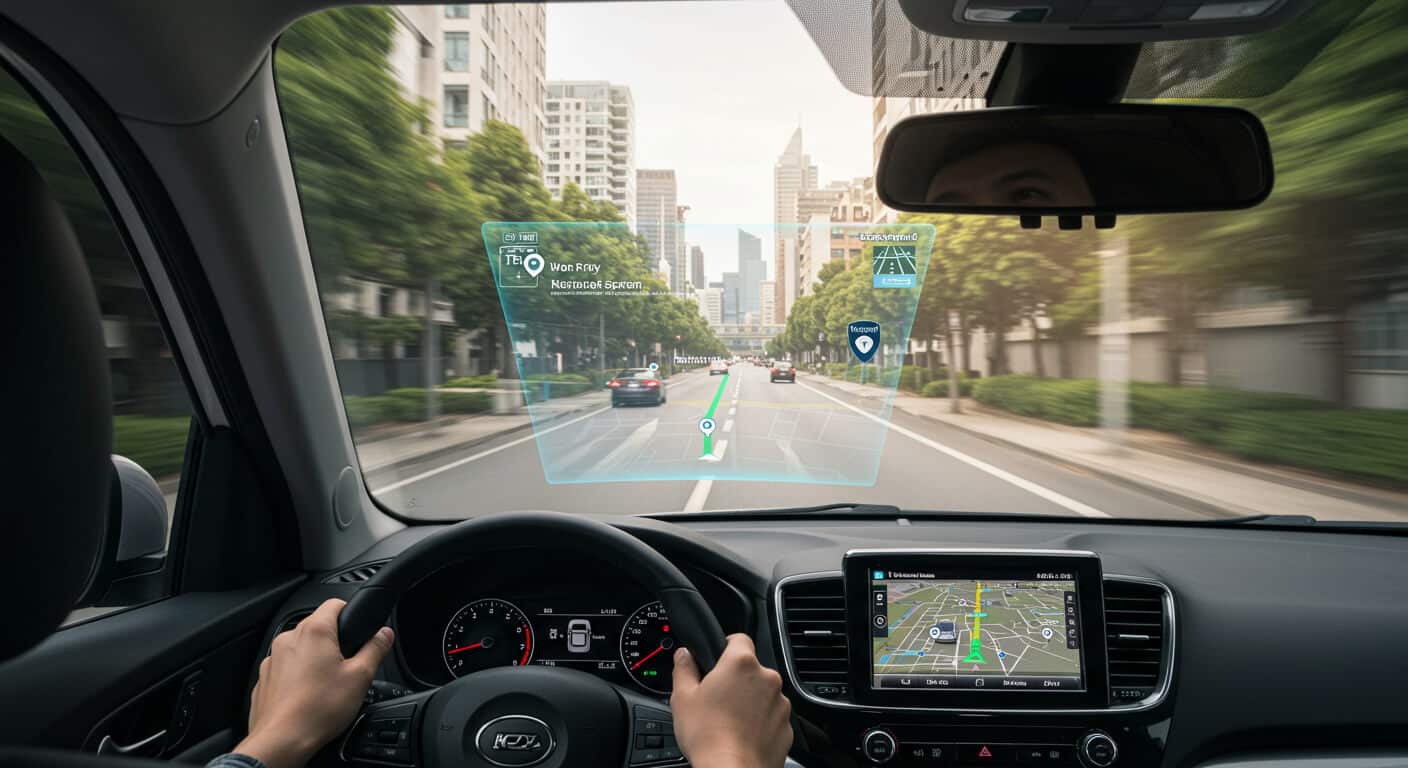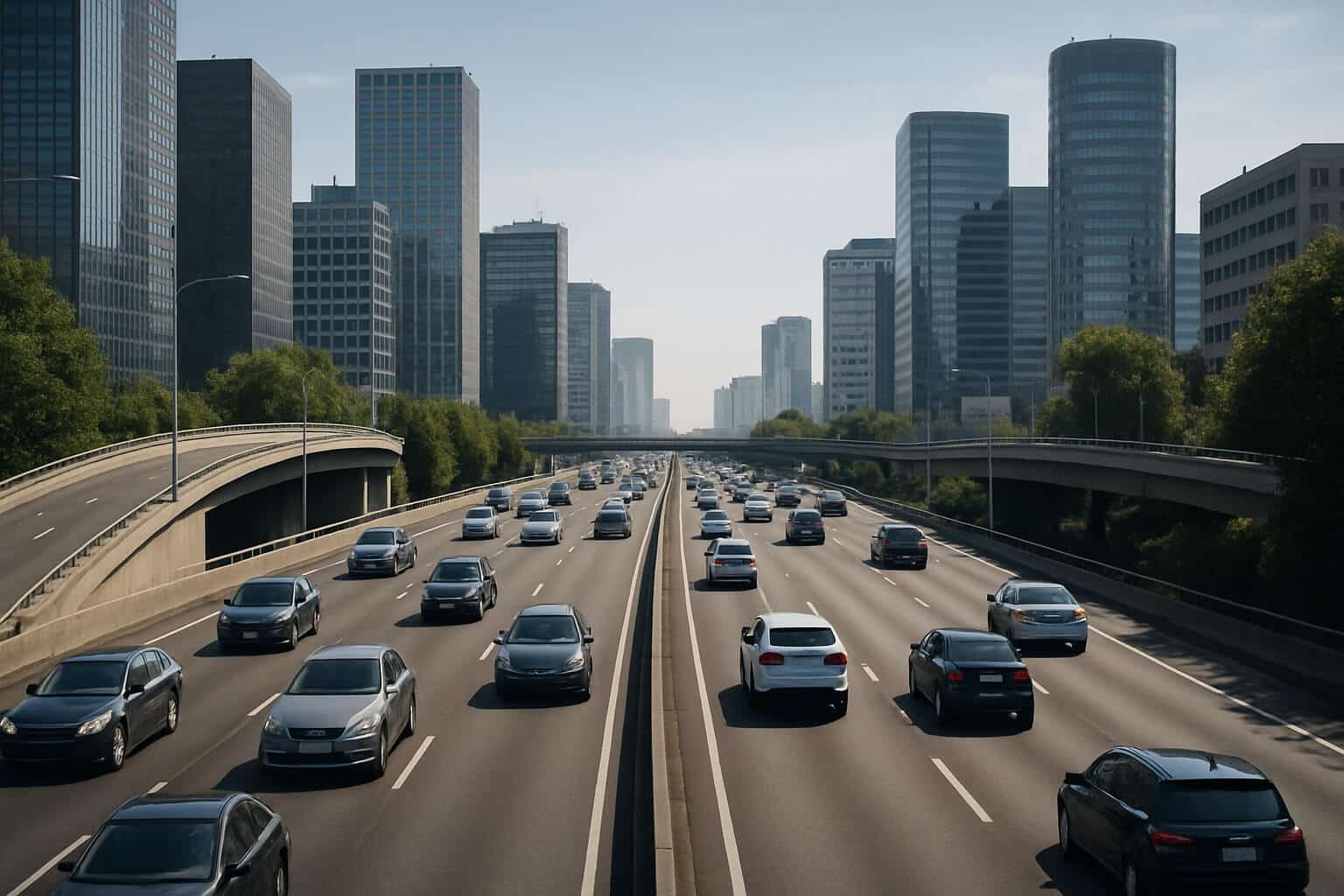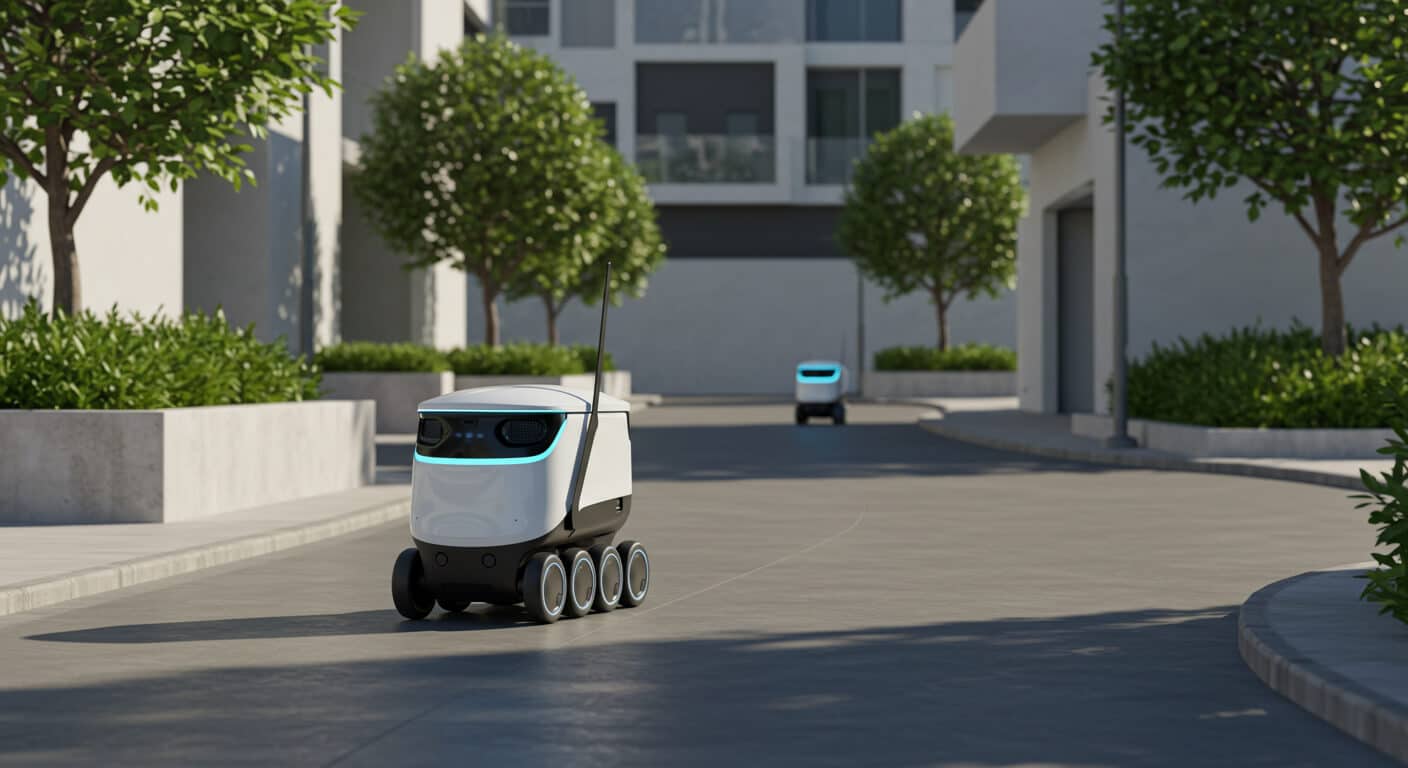
How Navigation Apps Could Evolve with Augmented Reality (AR)
Imagine a world where directions aren’t just on a screen but right in front of your eyes. Augmented Reality is changing how we navigate by overlaying digital information onto our physical surroundings, and the potential to transform navigation apps is immense. As Augmented Reality (AR) technology matures, it promises to revolutionize the way drivers and pedestrians interact with their environment, making navigation more intuitive, safer, and engaging.
A New Dimension in Navigation
Today’s navigation apps predominantly rely on maps displayed on smartphones or in-car systems. While these maps have evolved significantly, they still require users to switch their focus between the road and a device. AR promises to bridge this gap by superimposing directions, hazards, and real-time updates directly onto a driver’s or pedestrian’s field of view. This innovation could eliminate the need to glance at a separate screen, thereby enhancing focus and reducing the potential for accidents caused by distracted navigation.
Enhancing Situational Awareness
One of the most compelling benefits of AR in navigation is the boost in situational awareness. For drivers, AR can project turn-by-turn directions, lane guidance, and real-time traffic updates onto the road itself. Picture driving and seeing a glowing arrow right on the pavement, marking your upcoming turn, or noticing a highlighted section that warns of road construction ahead. Pedestrians, too, can benefit from AR by receiving cues on safe crossing points, estimated distances to transit stops, or guidance through complex urban layouts. By anchoring this critical information in the physical environment, AR helps users make better-informed decisions without having to divert their attention.
Overlaying Real-World Data
The true strength of AR lies in its ability to layer digital data over real-world images. This capability can transform navigation in several tangible ways:
- Directions and Landmarks
Rather than following abstract lines on a map, users could see arrows and markers overlaid on actual roads and sidewalks. This feature could also integrate familiar landmarks, helping users confirm if they are on the correct route.
- Hazard Alerts
Augmented Reality can instantly alert users to hazards such as accidents, road construction, or severe weather conditions. By displaying visual warnings directly on the road view, drivers can react immediately, reducing the risk of collisions or delays.
- Traffic and Environmental Updates
Real-time traffic data, including congestion reports and accident alerts, can be projected over the affected areas. Environmental factors, like rain or fog, could also be depicted to help drivers adjust their speed or route accordingly. This comprehensive view of real-time conditions enables a more proactive approach to navigation.
Integration with Emerging Technologies
The evolution of Augmented Reality (AR) navigation apps is closely linked with advances in hardware and software. Emerging devices such as AR glasses and advanced smartphone cameras are setting the stage for the seamless integration of AR into our daily lives. For instance, car manufacturers are already testing AR head-up displays (HUDs) that project navigation cues onto the windshield. As these technologies become more refined and widely available, AR navigation could extend well beyond smartphones, becoming an integral part of vehicle design and wearable tech.
Furthermore, the integration of Inteligência Artificial (AI) and machine learning with AR can refine these navigation systems even further. AI can process vast amounts of data in real time to predict traffic patterns, detect emerging hazards, and personalize navigation based on individual behavior. Over time, machine learning algorithms can adapt to the preferences of the user, providing tailored routes that consider habitual travel patterns, preferred driving speeds, and even scenic route options. This personalization could lead to a more engaging and efficient navigation experience.
Augmented Reality in Urban Environments

Urban areas present unique challenges for navigation due to high traffic density, complex street networks, and rapidly changing conditions. AR can be especially beneficial in these settings by providing context-aware directions that help users maneuver through crowded streets. For example, AR can highlight optimal pedestrian paths in busy downtown areas, suggest less congested routes for cyclists, or indicate the location of parking spaces in real time. Additionally, AR applications can guide users through public transportation hubs, clearly marking exit routes, platform changes, and connecting services, all overlaid on their immediate surroundings.
Improving Accessibility and Inclusivity
Beyond safety and efficiency, AR holds promise for improving accessibility in navigation. For individuals with visual or cognitive impairments, Augmented Reality (AR) can be customized to offer more accessible interfaces. Tactile feedback, voice commands, and simplified visual overlays can work together to provide a clearer, more understandable navigation experience. By tailoring the display of information to meet diverse user needs, AR could make navigation systems more inclusive and user-friendly.
Addressing Challenges and Considerations
Despite the exciting potential of AR in navigation, several challenges must be overcome to ensure its success. One major concern is information overload. Displaying too many digital cues in a user’s field of view could become distracting, especially in high-speed driving scenarios. Developers must carefully design interfaces that balance the amount of displayed information with the need for clarity and simplicity.
Another significant challenge is ensuring data accuracy and reliability. Augmented Reality systems rely on real-time information, and any delays or inaccuracies in data transmission could have serious consequences. Establishing robust networks and advanced verification protocols is essential to maintain the high level of reliability required for safe navigation.
Privacy and security also remain paramount. As AR navigation apps collect and process large amounts of data to provide personalized directions, safeguarding user information becomes critical. Developers and policymakers will need to work together to establish standards that protect user privacy while still allowing for the seamless integration of real-time data.
The Road Ahead for AR Navigation
The fusion of Augmented Reality with navigation technology represents a transformative leap forward in how we interact with our environment. As hardware becomes more sophisticated and data networks more robust, AR has the potential to move beyond being a mere novelty into a fundamental component of modern navigation. Future AR navigation systems could not only offer enhanced situational awareness and improved safety but also foster a more immersive and interactive travel experience.
The journey toward fully integrated Augmented Reality (AR) navigation is just beginning, and technological advancements will continue to open new possibilities. From urban environments to rural landscapes, AR could fundamentally change how we perceive and interact with our world, making navigation smarter, safer, and more personalized for everyone.
Conclusão
Realidade Aumentada is poised to revolutionize navigation by blending the digital and physical worlds in ways we are only beginning to explore. By overlaying essential data—such as directions, hazards, and real-time traffic updates—directly onto a user’s field of view, AR has the potential to enhance situational awareness, reduce distractions, and improve overall road safety. As integration with emerging technologies and personalization through AI advances, the future of navigation apps promises to be more dynamic, engaging, and accessible. Despite the challenges ahead, the potential benefits of AR in navigation are clear, setting the stage for a safer and more connected world.


